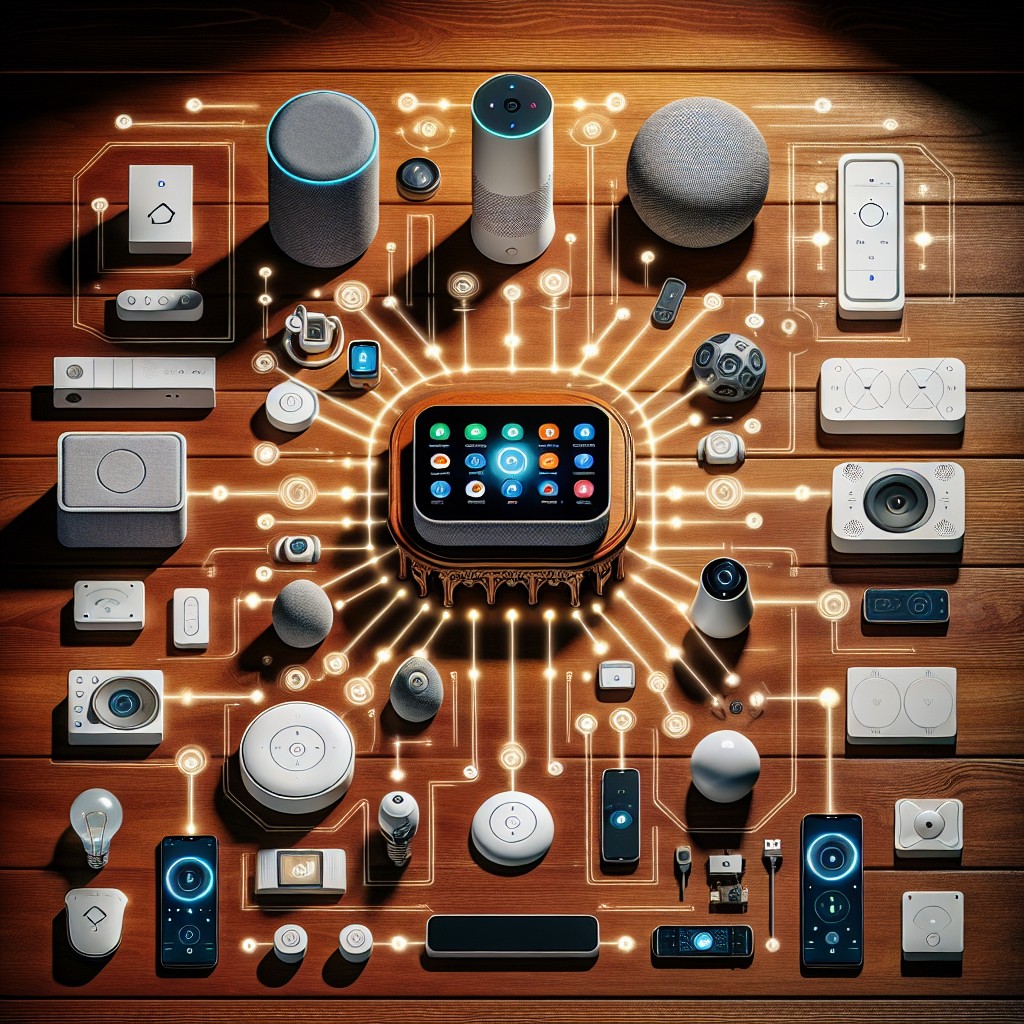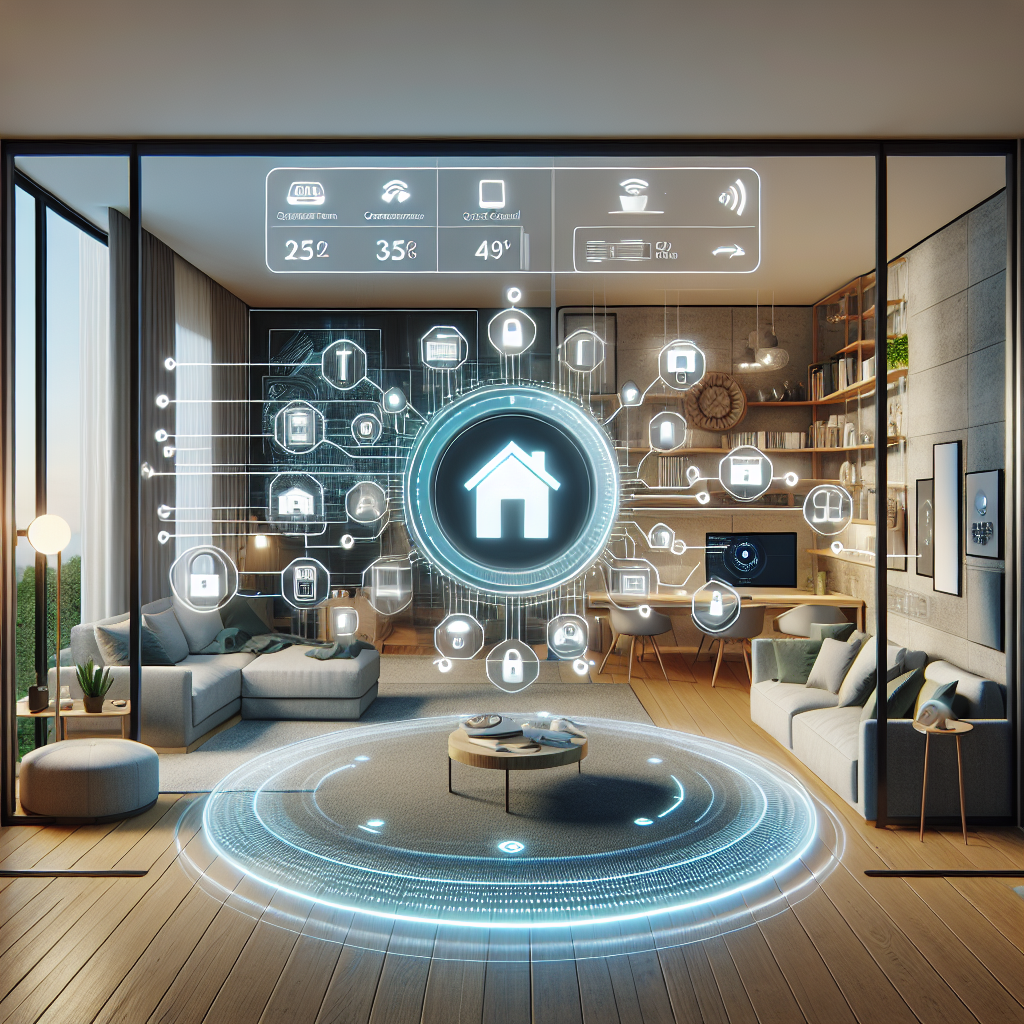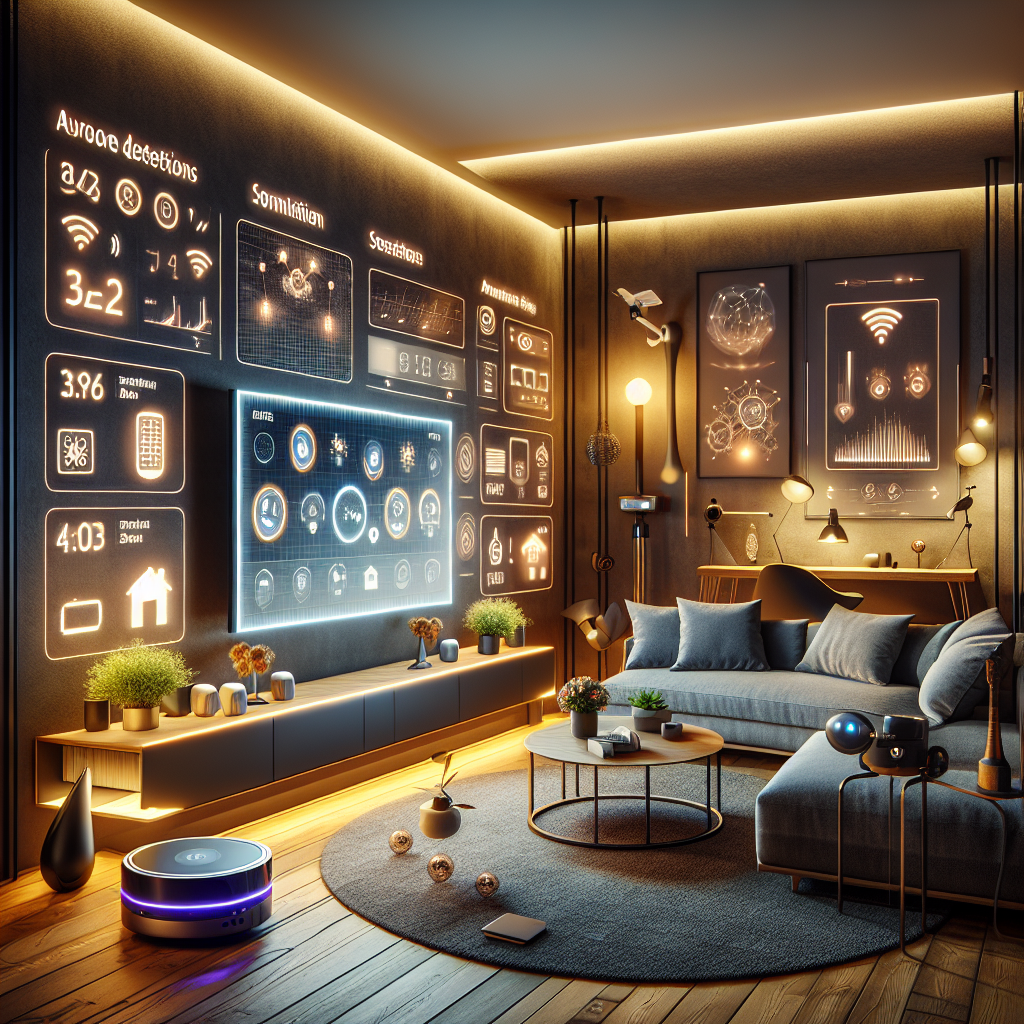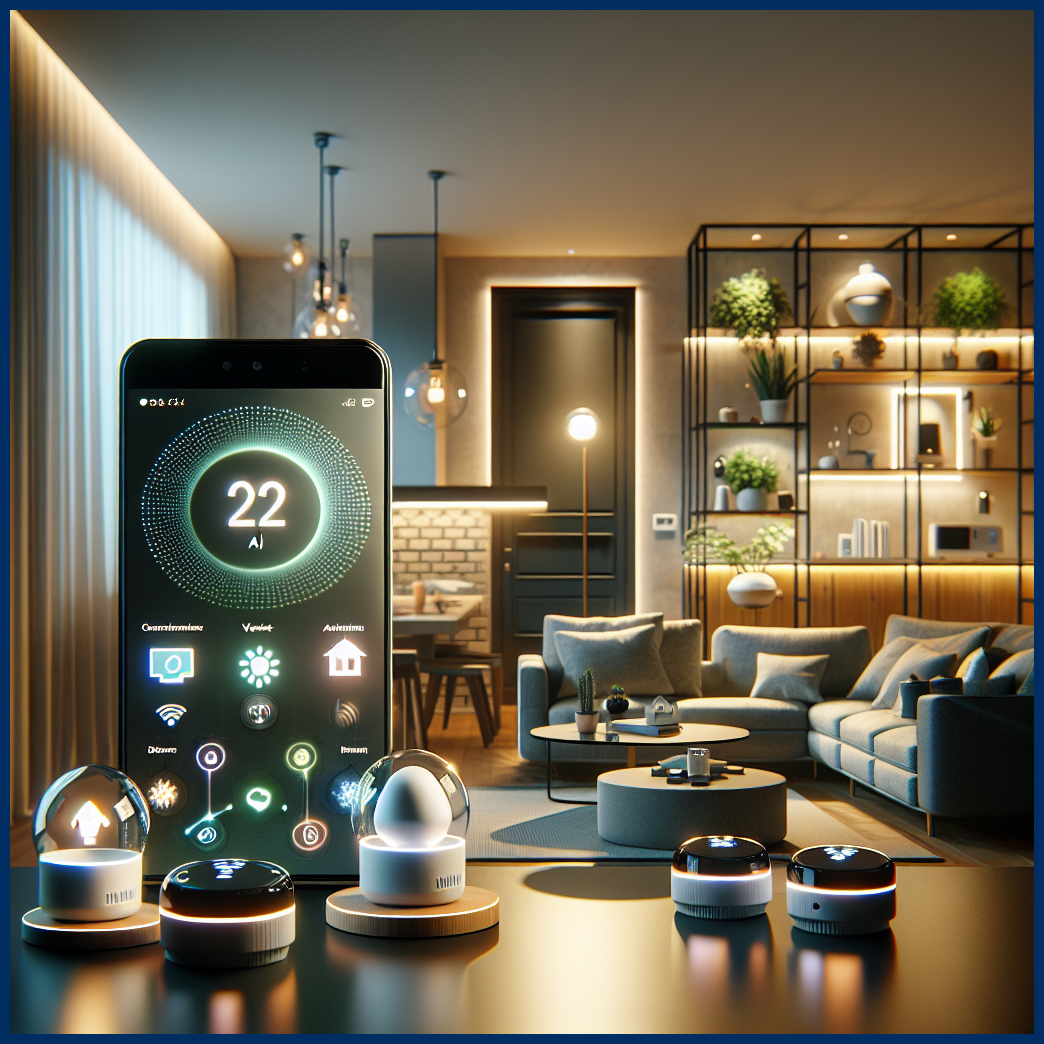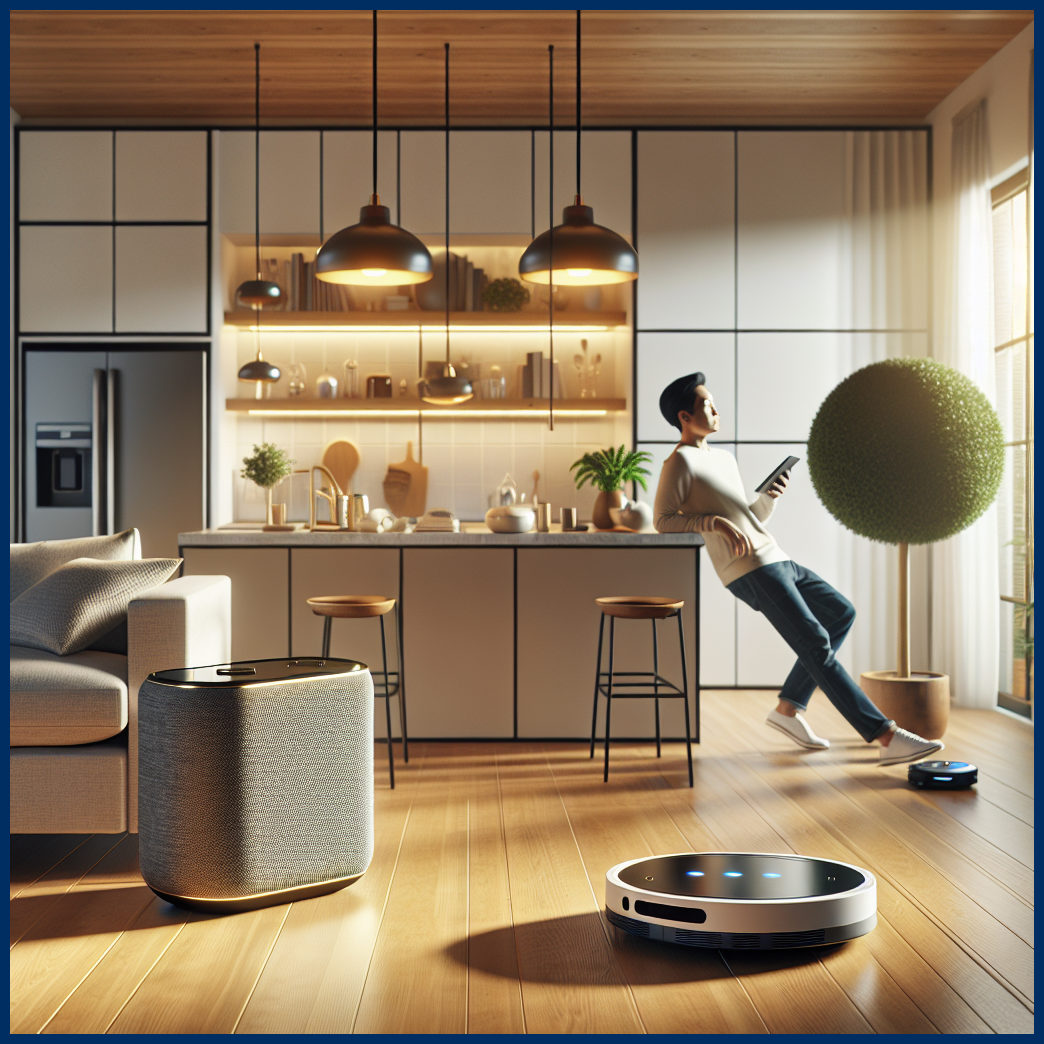Table of Content
Connect with us
Mastering Home Assistant: A Comprehensive Guide for Every Smart Home Enthusiast
Introduction to Home Assistant for Beginners
Embarking on your smart home journey with Home Assistant begins with selecting the right hardware—consider a Raspberry Pi 4 for a cost-effective yet powerful option. To get started, download the official Home Assistant OS image from their website and flash it onto an SD card using software like balenaEtcher. After installing the SD card in your Raspberry Pi, simply connect it to your network and power supply. You can then access the Home Assistant web interface by navigating to http://homeassistant.local:8123 on any browser within the same network. During your initial setup, you’ll create a user account and configure essential settings such as location and time zone, which are crucial for precise automation triggers. Also, consider configuring a static IP and enabling SSH to ensure remote access and avoid potential connectivity issues, setting a robust foundation for your smart home adventure.
Optimizing Device Integration in Home Assistant
For a seamless and scalable smart home system, begin by integrating devices that are known for their strong compatibility with Home Assistant, such as Zigbee or Z-Wave enabled devices, as well as Wi-Fi compatible products. The platform’s discovery feature can automatically detect devices on your network, although it’s advisable to customize entity names for clear identification, such as ‘living_room_light’ to avoid confusion with generic names. Keep your system up-to-date by regularly updating the Home Assistant Core and its add-ons through the Supervisor panel, which helps in fixing bugs and enhancing stability. Logical grouping of devices in the Home Assistant UI not only facilitates intuitive control but also organizes your setup effectively. By adhering to these best practices, you’ll ensure a robust system that minimizes integration errors while maximizing efficiency and control.
Creating Advanced Smart Home Automations
Home Assistant offers extensive automation capabilities that can be accessed through its automation editor or by manipulating YAML configurations for those desiring more granular control. You can start by setting up simple automations such as motion detection, scheduling timers, or tracking specific device states. To further customize your home’s behavior, dive into templating with Jinja syntax which enables dynamic response actions like adjusting blinds according to the external light levels or activating fans when the indoor temperature crosses a set threshold. Test these automations rigorously to verify their effectiveness and responsiveness, ensuring they align perfectly with your lifestyle and provide a personalized and efficient smart home experience.
Troubleshooting Integration Challenges in Home Assistant
While Home Assistant is a robust platform, users may occasionally face issues such as devices not being recognized or errors during configurations. Start your troubleshooting process by checking the Home Assistant logs through either the Supervisor or Developer Tools to pinpoint specific errors. Additionally, the Configuration Validation tool is invaluable for ensuring that your YAML files are free of syntax errors. Always verify that your network is structured correctly with Home Assistant and all devices on the same subnet, and adjust your firewall settings appropriately. For persistent device discovery problems, re-adding integrations or factory resetting devices can often resolve issues. Also, engaging with the Home Assistant community forums and exploring official documentation can provide practical solutions and tips for maintaining your system’s reliability with minimal downtime.
Integrating Home Assistant with Voice Control Platforms
Integrating voice controls like Alexa and Google Home can vastly improve the accessibility and functionality of your Home Assistant system. For a hassle-free setup, consider using Home Assistant Cloud by Nabu Casa, which facilitates secure and straightforward connection without complicated network modifications. Alternatively, for a manual setup, configure the required OAuth settings and expose certain entities within your Home Assistant to these platforms. It’s prudent to expose only essential devices to keep your system tidy and maintain privacy. Regular testing of voice commands and consistent updates to tokens and credentials are necessary to keep the system running smoothly and responsively. Voice integration not only enhances user convenience but also incorporates an additional layer of hands-free operation to your smart home setup.
